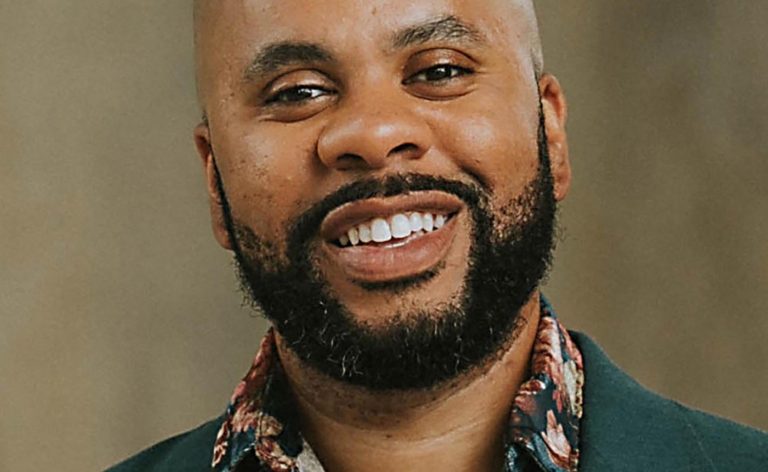Four years after the start of the COVID pandemic, the age and race of its victims in California have dramatically shifted: Now, a Bay Area News Group analysis finds, those who are dying from the virus are much older, and more often White than Latino, a notable switch.
While COVID deaths in California have plunged across all race and age groups, a comparison of deaths from the first six months of the pandemic to the most recent six months of data compiled by the California Department of Public Health shows 70% of those dying nowadays are 75 or older — up from just over half in early 2020.
And while Latinos made up nearly half of all Californians killed by COVID in the first six months of the pandemic, White residents now account for nearly 60% of all deaths.
The changing demographics and plummeting overall death toll exhibit how Californians built up immunity to the virus, experts say, through exposures and vaccines, and which groups are now the most vulnerable to the worst outcomes.
After four years of living with the virus, life is largely back to pre-pandemic normal. But when the virus first shut down our lives in 2020, face masks and working from home were foreign concepts to most. And while the speed of developing the first COVD vaccines was unprecedented in science, it took until early 2021 — the heart of the pandemic’s deadliest wave — for the public to get immunized. While COVID’s risk has certainly diminished, how much has its deadly wake actually changed in that time?
Related Articles
After pandemic pause, Caltech restores standardized testing requirement for incoming undergrads
Four years after shelter-in-place, COVID-19 misinformation persists
US tuberculosis cases were at their the highest level in a decade in 2023
COVID-19 can damage the heart, even without infecting it, study says
Opinion: How should we deal with COVID now?
First, the virus is much less deadly. In the most recent six months for which data is available, from Sept. 1, 2023, through Feb. 29, 2024, there were 3,472 deaths attributed to the virus in California. But in the first six months of the pandemic, Feb. 1 through Aug. 31, 2020, more than four times that number of Californians died from COVID — 14,648.
“Wow, we are doing so much better than we were,” said Dr. John Swartzberg, clinical professor emeritus at the UC Berkeley School of Public Health, his first reaction when looking at the data.
The total number of people dying has dropped across the board in nearly every category. More people over 85 died in the first six months of the pandemic, 4,209, than the number of deaths across all age groups in the past six months.
Second, your age is a factor. While older people have always been more vulnerable, they account for an even higher proportion of COVID deaths now.
The proportion of all COVID deaths among those 85 and older has grown from 29% to 42%. But that doesn’t mean the virus is deadlier for our elders: In the first six months of the pandemic, there were three times more deaths from the virus in that 85-and-older age group than there were in the most recent six-month period.
However small the number, there is one statistical peculiarity: The two youngest age groups are the only ones that saw more deaths in the past six months than early in the pandemic.
No deaths were reported among children younger than 14 in the Golden State through Aug. 31, 2020, but three young children have died from COVID, including two children under 5, in the last six months.
While deaths have become more concentrated among older Californians, another factor has changed dramatically: the racial breakdown of the people dying.
Early in the pandemic, “Blacks and Latinos struggled much more … in terms of mortality rates than any other population, primarily compared to Asian and White populations,” Swartzberg noted. “But that has flipped.”
The percentage of Californians who died who are White has nearly doubled, from 30% to 60% of all COVID deaths, from 4,332 deaths through August 2020, to 2,065 deaths in the most recent period. White people make up 37% of the state’s residents.
Moving in the other direction, the proportion of Latino deaths among those who died from COVID has shrunk from 49% of the first six months to just 20% of recent deaths. Latino people make up 39% of the state’s residents.
California’s Latino population is younger and therefore less at risk, Swartzberg said.
And he has some more educated guesses as to why the early pandemic death trends among racial groups have flipped so dramatically: In the first years of the pandemic, many Black and Latino communities were not getting vaccinated as quickly as their White counterparts, a combination of lack of access and insufficient outreach, but that has changed as the pandemic has evolved.
A November 2023 poll by KFF, a nonprofit health care research foundation, found a slightly higher percentage of Black and Hispanic adults reported getting an updated vaccine, compared to 19% of White adults. And the gap grew when adding those who planned on getting the new vaccine but hadn’t yet, 59% of Black and Hispanic adults and just 42% of White adults. The poll also found White adults were less likely to take precautions against catching and spreading the virus during this past holiday season.
Dr. Peter Chin-Hong, a UCSF professor of medicine who specializes in infectious diseases, also points to political influence on vaccine uptake as “one of the most compelling trends.”
The KFF poll found Democrats were twice as likely as Republicans to say they had already gotten the updated vaccine, while 55% of Republicans said they would “definitely not get” the new vaccine compared to 12% of Democrats and 40% of independents.
“In the beginning, none of this was political … we were all in this together,” said Chin-Hong. “The differential in mortality was based on structural racism and lack of access, underlying medical problems. But then it became a very polarizing issue, like everything regarding COVID.”












